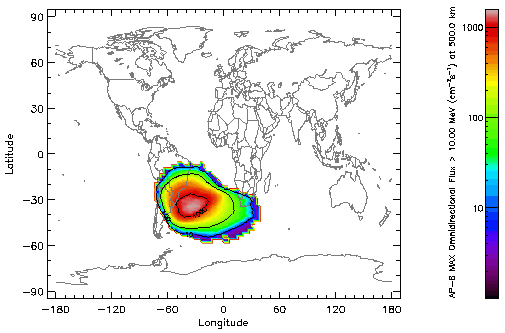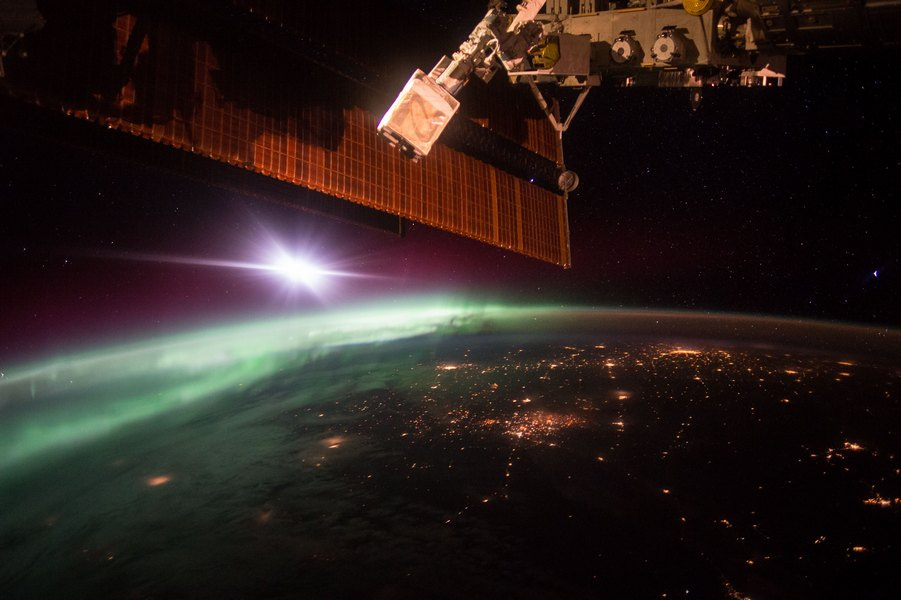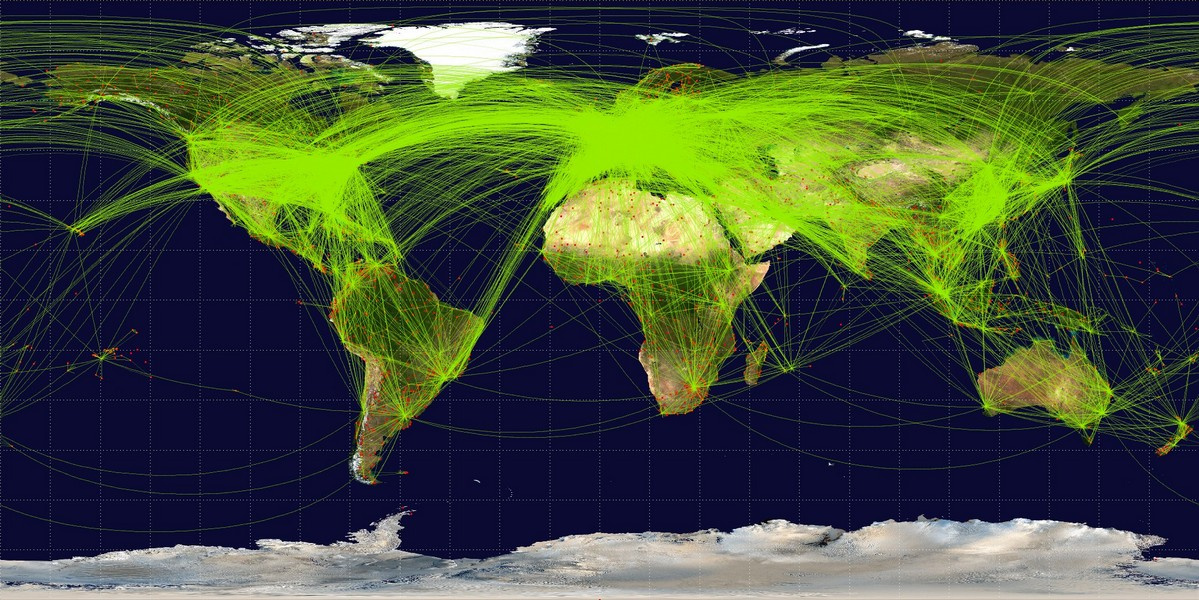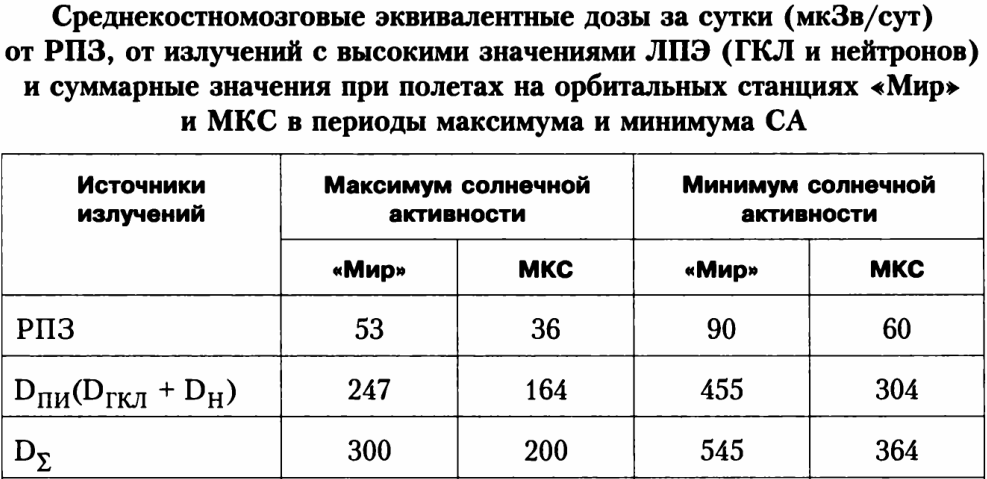"Life with a star" - part 2: space weather

Already at the sunset of the Apollo program, NASA decided to launch the first (for the US) orbital station into space. Everything was going well, and the third mission ( Skylab-4 ), which ended in February 1974, prepared the station for conservation by raising its orbit by 11 km (to 433x455 km). According to NASA's solar activity forecasts, the station should have remained in orbit until 1983, when the third flight of the Shuttle was to raise its orbit again. But it soon became clear that the current solar cycle would be stronger than expected. In September 1977, a decision was made to send an unmanned mission to the station to lift the orbit, and in October 1979 it should have already flown, but alas: the station had already left the orbit on July 11 of this year.
This was the largest consequence of the influence of space weather on human activity (and perhaps the biggest miscalculation of NASA in its history), which led to the loss of a $ 2.5 billion station. The second event, in severity, turned out to be a power outage for 9 hours in the province of Quebec (Canada) in 1989, from which 6 million people suffered (the damage is estimated at $ 30 million ). In the continuation of the article on solar activity , I will talk about how space weather (which is its manifestation) affects human activity.
Anyway, most of the manifestations of space weather are related to the Earth’s magnetic field, so I suggest starting with a review of its structure:
Earth's magnetosphere

The interaction of the solar wind (and coronal emissions) with the magnetic field of the Earth begins at a distance of about 10 Earth radii, the formation of a head shock wave. At this point, the supersonic flow of ionized particles is sharply decelerated to subsonic speed, and compacted. During the minimum of the 11-year cycle, the shock wave moves farther from the Earth (due to the weakening of the solar wind flow), at the time of maximum it approaches the Earth.
In the area of the magnetopause, the Earth’s magnetic field is finally superior in strength to the solar, and the charged particles begin to move along its induction lines (the magnetosheath is located between these regions). In the opposite side of the Sun there is a magnetic tail, which can be traced to a thousand Earth radii.
The inclination of the Earth's axis (by 23 °), and the deviation of the geomagnetic poles from this line (still about 11 °) leads to the fact that the Earth's magnetic dipole inclines relative to the ecliptic plane by approximately ± 35 ° in the course (not shown in the diagram).
Most of the charged particles freely rounds the magnetic field, but at the moments when external field disturbances lead to a magnetic field reconnection - the charged particles are thrown to the polar cusps, due to the formation of auroras ). The substance captured in this way is the main source of charged particles in the Earth’s plasmasphere (regions containing cold plasma).
The importance of the magnetic field in protecting the planet and astronauts from the destructive influence of the sun is greatly exaggerated. So Mars (which does not have a high-grade magnetic field), in the process of dissipation, loses about 8.5 tons of its atmosphere per day, while the Earth loses about 90 tons . The cosmonauts' protection from solar cosmic rays is 200–10,000 times, but the protection against coronal emissions is only 10–20 times (with less protection corresponding to events of greater severity). This can not be compared with the protection of the atmosphere, which is many orders of magnitude.
Earth's radiation belts

The external radiation belt consists mainly of electrons, with energies of several tens of keV , and extends at a distance of 13–60 thousand km from the Earth. The inner belt consists mainly of protons with energies of several tens of MeV, and extends over a distance of 1-6 thousand km, but in areas of magnetic anomalies, this belt can significantly "sag":

The most significant among these anomalies is the South Atlantic Anomaly ( SAA ), in which the internal radiation belt falls to a height of 200 km. It is the main source of failures of low-orbit satellites, and contributes a significant share of the cosmonauts' irradiation (approximately 15-20%).
The main source of particles in the radiation belts of the Earth are particles of the cosmic wind, penetrating there through polar cusps. However, there are a number of other sources: the interaction of galactic cosmic rays with particles of the atmosphere form streams of secondary particles (making the main contribution to protons with an energy of 20-30 MeV, and electrons with an energy of 0.1-1 GeV); anomalous cosmic rays (representing single or double charged atoms with an energy of the order of 10–20 MeV); solar flares (contribution to protons with energies greater than 1 MeV); ionosphere (particles with energy up to several hundred keV).
Solar flares and coronal mass ejections
Solar flares spread at the speed of light, and reach the Earth after 8.5 minutes. The cosmic rays of the sun come to Earth in a few hours. However, the main source of magnetic storms (coronal emissions) spread at an average speed of 470 km / s, with a maximum speed of just above 3000 km / s, which gives the time of arrival of the main storm to Earth in the range of 0.5-5 days.
Further developments strongly depend on the direction of the magnetic field of the coronal ejection: if it is co-directed with the magnetic field of the Earth, then the flow of charged particles for the most part simply bends around it; if they are directed in opposite directions, the flow of particles begins to decelerate intensively, simultaneously pressing the head shock wave closer to the Earth (up to 6-8 Earth radii on average). In cases of the most powerful geomagnetic storms - the shock wave can be pressed almost to the atmosphere itself:
Geomagnetic storms
Within a month, from 0 to 8 geomagnetic storms can occur (depending on the period of the 11-year cycle). The magnetic field perturbations created during a storm are uneven and grow from a minimum at the equator to a maximum at latitudes 62-67 °. The average power of energy input into the magnetosphere (by means of the solar wind) is 3 * 10 11 W (this is an order of magnitude less than the current electricity production in the world). At the same time, the total energy of a separate geomagnetic storm can reach 2 * 10 21 J, but its release stretches for several days, therefore magnetic disturbances during storms are rather weak. But the geo-induced currents ( GIT ) generated by them in long conducting lines can reach tens and hundreds of amperes, leading to a number of undesirable effects:
In power lines, such parasitic currents can lead to increased heating of transformers, a decrease in their efficiency, and even failure (Quebec, March 13, 1989, was the most significant case). In the case of communication lines, this can cause interference, up to a complete loss of communication for several hours / days (the most significant case occurred on September 1-2, 1859, 23 years before the first power station appeared in the world, so the damage was not so great) . In the case of pipelines, this may cause a decrease in the effectiveness of cathodic protection , designed to combat corrosion (this effect is cumulative in nature, and does not appear immediately). In the case of railways, this can disable various automatics connected to the railway track.
However, these currents are not exorbitant, and taking them into account during the design of conducting lines, coupled with various techniques, makes it possible to avoid equipment failure even in the case of the most severe geomagnetic storms. Storms also lead to another interesting phenomenon:
Auroras
Overfilling of the Earth’s “magnetic trap” during coronal discharges leads to precipitation of charged particles into the atmosphere, in the regions of the Earth’s poles. Colliding with the atoms of the atmosphere, they cause their ionization , and already these atoms emit light. In the earth's atmosphere, nitrogen and oxygen atoms are mainly responsible for this process, which determines the greenish color of the aurora, on other planets the color of the aurora may be completely different (due to the different composition of their atmosphere).

Photo taken by Jack Fisher from the module “Kupol” ISS
The impact of charged particles leads not only to a beautiful glow, but also to almost completely blocking the shortwave connection in the polar regions for up to several days (due to the violation of the process of reflection of the signal from the ionosphere). These effects also affect shorter wavelength radiation: thus slowing down the process of decimeter waves passing through the ionosphere leads to the fact that the accuracy of satellite navigation systems can drop by an order of magnitude (up to 50 m) in these areas.
The second industry for radiation exposure of its workers is not atomic (as many might think), but aviation : at altitudes used by civil aviation (about 10 km), most of the atmosphere that shields all types of cosmic rays well is under you. But even so, the average radiation dose to flight crews in the United States is only 3.01 mSv / year (which is still 6.5 times less than our standards , and 2 times less than EU standards). For ordinary passengers, who do not spend much of their life in the sky, in most cases they are not afraid of anything.
However, during a geomagnetic storm, the situation can change dramatically: the charged particles penetrating into the atmosphere generate bremsstrahlung radiation , which is still safe on the surface of the Earth, but at altitudes at which the flight takes place - the radiation background noticeably rises, and you have to reckon with it. This leads to the fact that the flight paths passing near the poles of the Earth, during these periods of time can significantly shift towards the equator (this is also associated with the desire to avoid those areas where communication with airplanes can be broken). Fortunately, this kind of flights, and so there is quite a bit (data for 2009):

For the purpose of calculating the dose that you can receive during the flight, the US Federal Aviation Administration has released a special application .
Impact on the Earth

The total luminosity of the Sun during the 11-year cycle changes by only 0.1%, but in specific areas, changes can be much higher: changes in the ultraviolet range of the spectrum can be 6-8%, and lead to an increase in ozone production in Earth’s atmosphere (which is a greenhouse gas) during solar highs. On the other hand, this period of time is accompanied by an increase in auroras, during which charged particles can penetrate up to altitudes of 25–30 km, and cause ozone destruction in polar regions (up to 20% of the total concentration, in one event).
Another proven way to influence the atmosphere is cloudiness (though not a direct influence, but indirect). It looks like this: a stream of galactic cosmic rays, colliding with particles of the atmosphere, forms a shower of secondary particles, the maximum of which is observed near the upper boundary of the troposphere . These secondary particles become the condensation points of water vapor in the atmosphere, which leads to the formation of clouds . Clouds - reduce the average transparency of our atmosphere. As a result, at the time of the solar maximum, the transparency of the atmosphere increases, and at the time of the minimum it decreases.

During the 10-year experiment "CLOUD" (conducted at CERN ), it was found that although cosmic rays make a significant contribution to the formation of clouds, their influence is far from unique: the sources of nuclei for condensation can be generated by various chemical reactions of sulfuric acid, ammonia and organic compounds that are released into the air both by living organisms and in the process of human activity.
Influence on astronautics
For low-orbit spacecraft, the greatest threat is represented by variations in the density of the upper atmosphere during the 11-year cycle: up to a height of about 150 km, the influence of the Sun on the density of the atmosphere is minimal, but from this height it begins to grow, reaching at altitudes of 500-600 km an order of magnitude between solar minimum and maximum (at the maximum it is denser, due to the increase in the density of the solar wind, and ultraviolet radiation). This may force the devices to increase the frequency of orbital maneuvers to maintain their orbit from 4 times a year (during the solar minimum), to once every 2-3 weeks (during the maximum).

Comparison of the lifetime of CORONAS-I (above) and CORONAS-F (below), launched into a polar orbit at an altitude of about 500 km, near the minimum and maximum of the 23rd solar cycle, respectively.
Another threat is flares and coronal emissions, which create a radiation load on astronauts and automatic spacecraft. They most often occur during the maximum of the solar cycle. However, along with this, the flow of the solar wind increases, which makes the heliosphere of the Sun more dense, and slightly increasing its size (the pulsations of which were recorded by the "Voyagers" ). This in turn increases the shielding of the flow of galactic cosmic rays (which come into the solar system from outside), and reduces their flow. So the total dose of radiation received by astronauts in low earth orbit - even decreases during the solar maximum:

For vehicles, a separate threat is static electricity, which occurs when they are bombarded by electrons arriving to us with the solar wind, coronal emissions, or spilled from the external radiation belt during disturbances of the Earth’s magnetic field.
Geostationary satellites, whose orbit (a component of 6.6 terrestrial radii) during large geomagnetic storms extends beyond the limits of the bow shock wave (in front part), are subjected to the greatest gravity. Thus, they are forced to periodically pass through the most disturbed areas of the Earth’s magnetosphere, and are exposed to the direct flow of coronary mass ejections. This imposes severe restrictions on radiation resistance for the elementary database of devices, and the need for particularly careful thinking over the protection against static electricity, since the devices in this orbit must exist for decades.
Space weather forecast
The most distant forecasts used in practice are 45 and 27 days. Although they have low accuracy, they are already used in planning the activities of astronauts: it is based on a distribution of their work so that astronauts go into outer space at the time when the Sun turns to us in the least active area (with the smallest number of spots).
The accuracy of the 3-day forecast already reaches 30-50%, but the maximum accuracy (about 95% and above) can only be given by the hourly forecast received from satellites at Lagrange L 1 (1.5 million km away from Earth towards the sun). Now there are two such satellites: this is the ACE launched on August 25, 1997, and the DSCOVR apparatus recently launched into orbit (February 9, 2015). Such low accuracy rates are due to the fact that the interplanetary magnetic field created by the rotating Sun has the character of a spiral structure:

And coronal mass ejections (rejected by this magnetic field), can “go around” the Earth at the last moment, hooking the apparatus. The problem of obtaining accurate 3-day forecasts is the inhomogeneity of this magnetic field, which complicates the task of predicting the propagation of coronal emissions.
The story of the employee of the "Arctic and Antarctic Research Institute" Denis Rogov of space weather.
Sun tracking services from different countries:
NOAA Space Weather Forecast Center (USA): http://www.swpc.noaa.gov/
ESA (European Union) space awareness program : http://swe.ssa.esa.int/
Joint project of Roskosmos and LPI (Russia): www.tesis.lebedev.ru
Project of the Department of Space Plasma Physics, IKI RAS (Russia): www.spaceweather.ru
Center for Analyzing Sun Influence Data (Belgium): sidc.oma.be
Australian Bureau of Metrology: www.sws.bom.gov.au
International Space Weather Service (ISES): www.spaceweather.org
Canadian Department of Natural Resources : www.spaceweather.gc.ca
Separate commercial organization www.spaceweather.com
All Articles